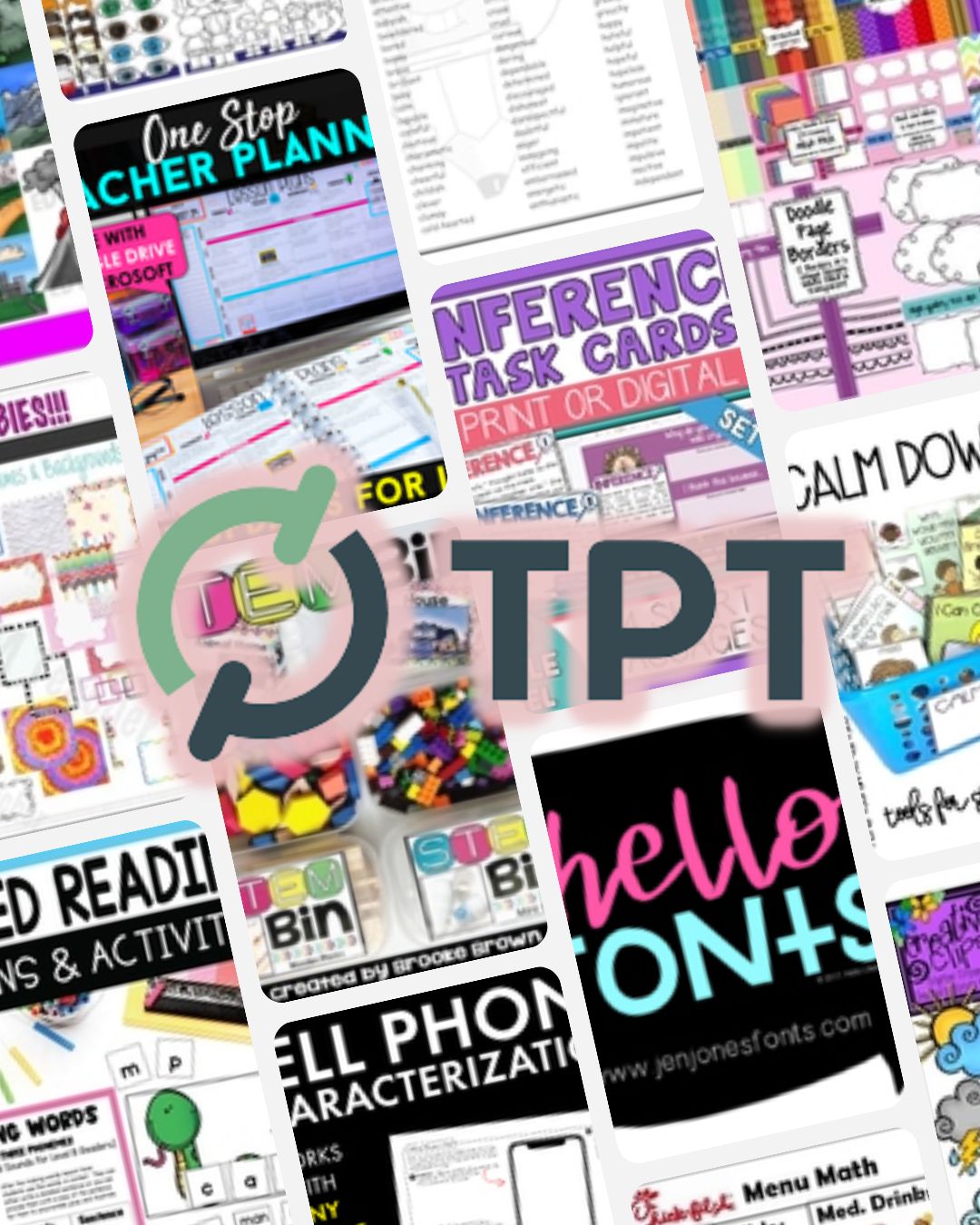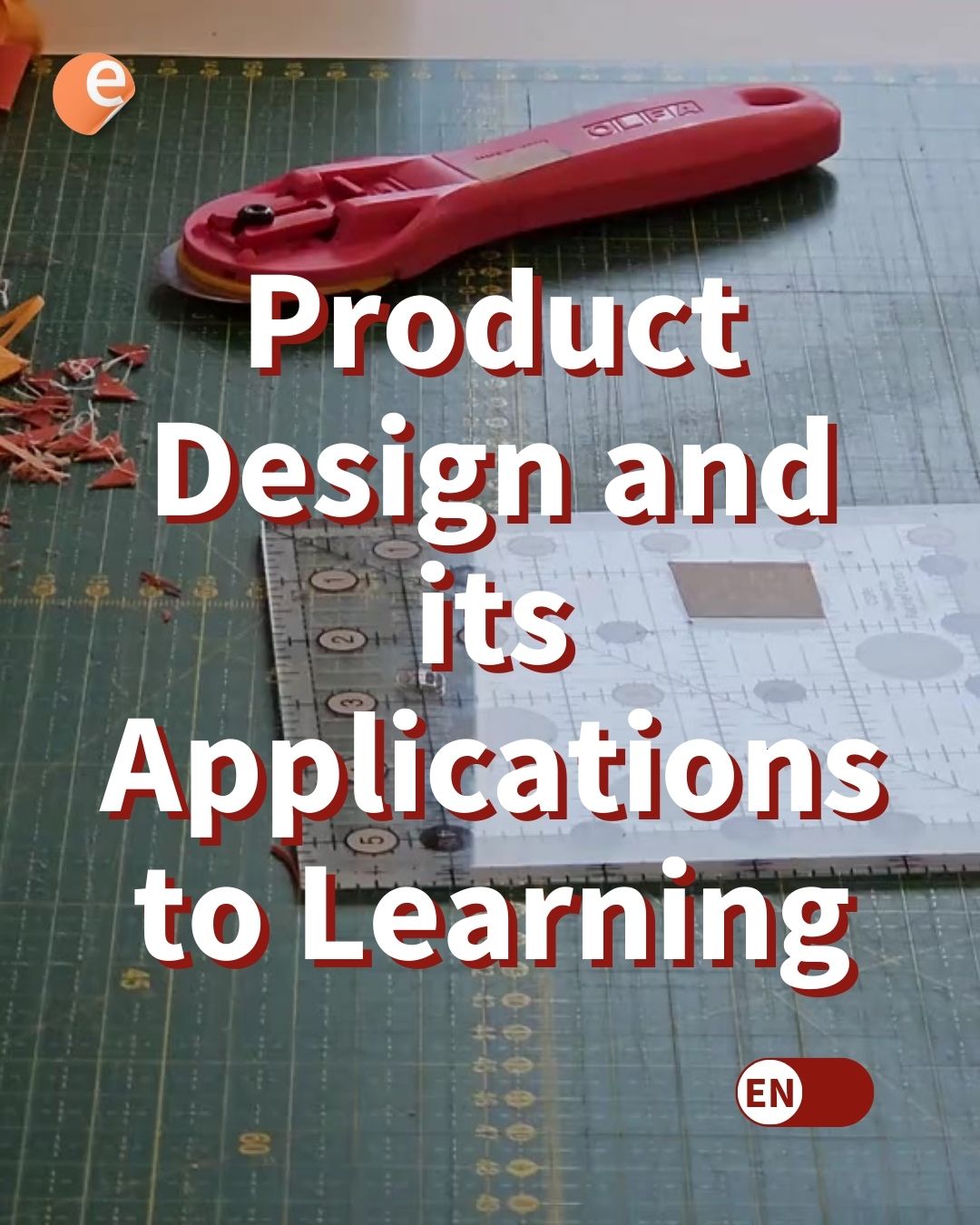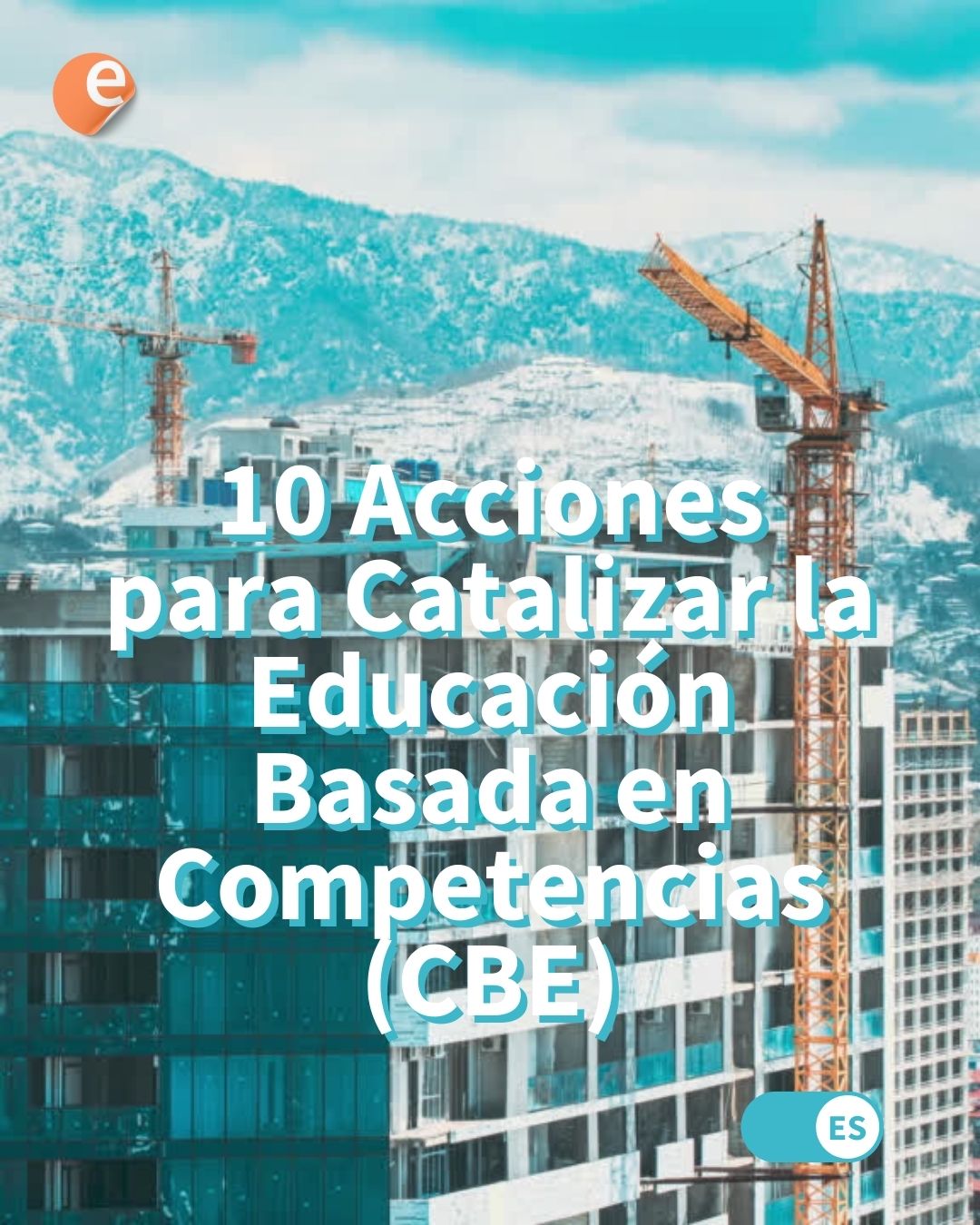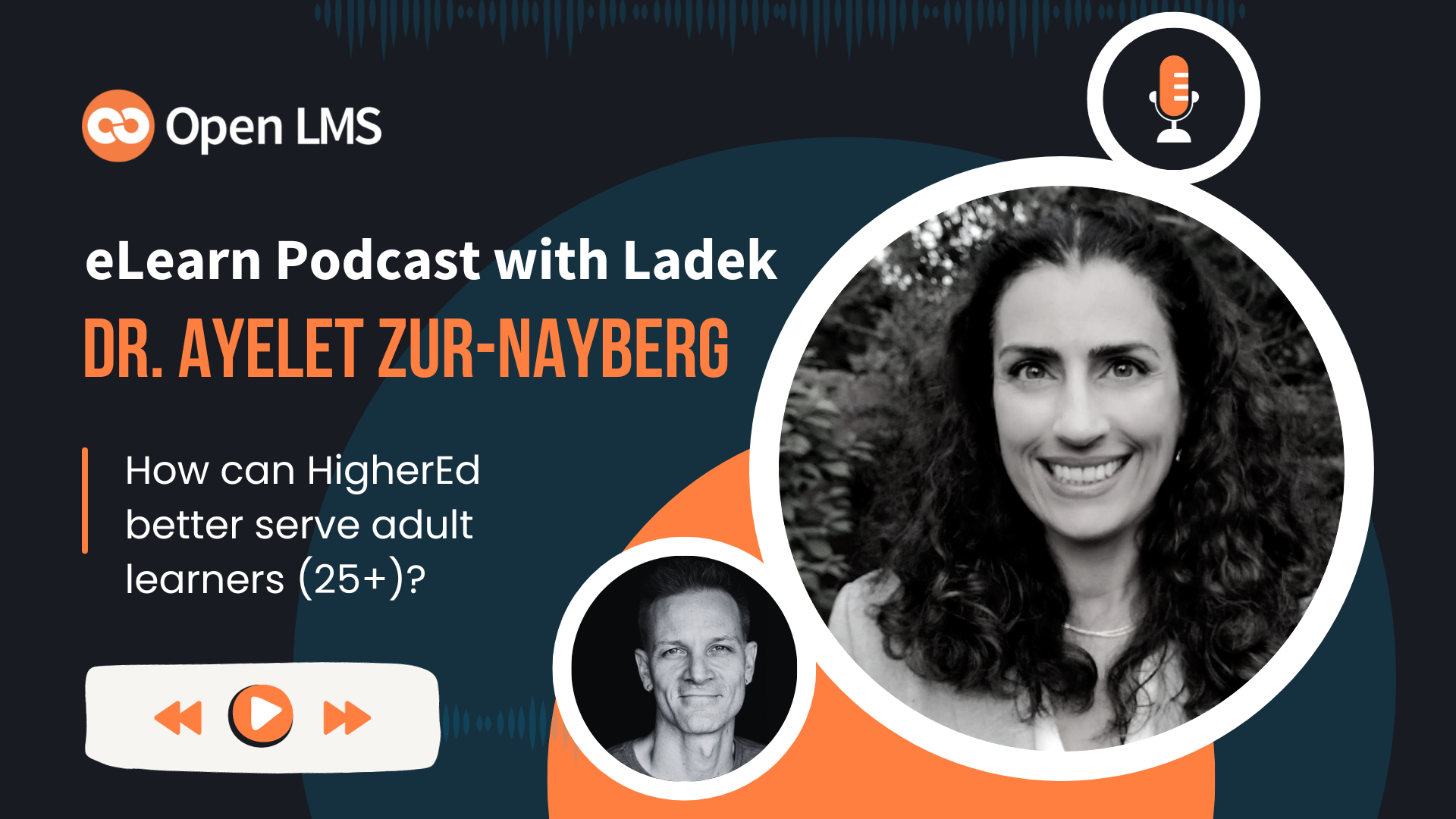In this Hub
- The modernizer stalled reform
- The Learning Doctrine: What is it
- The Learning Doctrine 2: Mind of a Mullen
- Fork the DoD
With an estimated annual dedicated budget of $500 Million USD, the U.S. Department of Defense is one of the single largest consumers of digital learning products worldwide. Traditionally, each branch and office has been able to autonomously define their priorities and get their own EdTech. Thanks to the Department’s CMO and Chair of the Reform Management Group, Lisa Hershman, that was about to change.
But on the passing on 2021 National Defense Authorization Act, the CMO role disappeared, after being deemed ineffective. Hershman remained only a few months as senior advisor for the DoD, before moving to a board member role at Englewood, CO satellite services company EchoStar.
Modernization efforts aimed towards increasing efficiencies and diminishing redundancies are always laudable. The Group had formulated the Enterprise Digital Learning Modernization initiative, which included among an “assisted acquisition” approach where spending needs to “ensure good category management.” USALearning, another “best in class” government system, would centralize the process of technology, likely to find management optimization opportunities.
While the portal is still up and at least some offices make use of it —check out this OPSEC Awareness course—, questions remain on its current status and leaderhsip. However, EDLM was raising questions even before going MIA. Possible unintended effects, for example, from “reducing duplications of effort, encouraging the use of shared services, and streamlining acquisition processes,” discussed by Hershman at iFEST 2020, DoD’s conference on online learning —first one ever online—, would at least require consideration on cybersecurity and points of failure.
What is the Learning Doctrine?
William F. Mullen III, Commanding General for the Training and Education Command in the U.S. Marine Corps, is the main author of Learning (PDF), a doctrine publication whose kind, according to Military.com, had not been made since 2001.
Will a coalition of eLearning succeed and put the Department on prime shape against threats foreign and domestic? It depends. Can teaching idiosyncrasies —possibly empowering, possibly wasteful— blend with the efficiency Learning Management Systems are supposed to promote? I guess it depends to. But here’s what the Learning Doctrine proposes, in three core goals:
Goal №1: Reduce the number of Learning Management Systems
EDLM started with a single course of action, as a result of its task to “improve efficiency, effectiveness and accountability.” Most the 9 areas identified as in need of reform involved the use of LMS. But don’t take it on the digital platform just yet.
The task force soon realized that, while there would be a reduction in maintenance cost by reducing the number of LMS, A tech-only approach would lead to no “readiness improvements.” A single platform, however, can be easier to manage, and if it’s modern and flexible enough, it can quickly incorporate digital and educational enhancements, that then become instantly available for all DoD alumni.
Goal №2: Unify the catalog
With the help of lead thinking organizations including Deloitte and edX, ADL —initiative from the DoD’s Office of the Under Secretary (or Assistant Secretary) for Personnel and Readiness— is spearheading the Enterprise Course Catalog (ECC), a “single, web based portal” that aims to provide universal access to the literally countless courses and educational resources developed by the “hundreds of DoD organizations” and their “idiosyncratic,” proprietary and unconnected —at times, unconnectable— means to deliver educational content.
The mission looks increasingly challenging with each passing day. Content formats are not often compatible among catalogs, which can be so bespoke to the point of making data transfer hilariously impractical. And let’s not get into basic features of modern hosting and delivery systems, such as upgrades or integrations.
The ECC aims to provide a “global search” that indexes all content into a “single, Defense-wide portal.” It automates the process of metadata generation from outside a given host or catalog. It can even generate quality ratings and other measures aimed to increase “discoverability” and accessibility of existing content. As of last September, ECC is in a “Minimum Viable Product (MVP)” stage.
On February 7, ADL published a a demonstration of ECC, a webinar originally held in August last year. This is the latest update, suggesting ECC remains in demo stage at this time.
Goal №3: Streamline, sharpen specs
As a provider, perhaps an entrepreneur or SME stakeholder, compliance usually fits within the “I would not do it if I didn’t have to” bucket. So who would make it their business to develop specifications? All things considered, few candidates offer a better proposition than the military, with their prescient need for efficiency and resourceful problem-solving in extreme environments.
The history of ADL itself, or the Advanced Distributed Learning Initiative, is a testament of how daunting the duties of coordinating a multitude of actors, and centralizing their information can be; and how unpopular choices —particularly in protection of legacy systems— suck, but how things would be worse otherwise. Sometimes, ADL can leverage a privileged position to manually enforce a new set of rules, pouring billions of dollars into their adoption for years, until finally the industry realizes this new language offers a new level of sophistication that deserves to be adopted. Other times, they will be the one providing support to a standard that’s seen its heyday, just to give inhabitants of antiquated or low-resource organisms another chance.
Mind of a Mullen
«The warfighting advantages we once enjoyed are fading. The increasing lethality of our potential adversaries on land, under the sea, in the air, in space and cyberspace have diminished the efficacy of our historical advantages. New concepts such as distributed operations are becoming the norm. But while the nature of conflict changes, one constant remains: the need for Marines with an intellectual edge» — William F. Mullen III, TECOM Vision & Strategy for 21st Century Learning (PDF)
Mullen’s book, Fallujah Redux: The Anbar Awakening and the Struggle with Al-Qaeda, reflects on the lessons, mainly those that were not learned, following the 2003 capture by the U.S. forces he led of Fallujah, an Iraqi city minutes West of Baghdad, dating from Babylonian times.
A year later, Fallujah would be in Daesh hands.
“Frustrating” was Mullen’s understatement of the outcome, and not because of the U.S. armed forces’ quick turnover capabilities, but because of them.
Learning Doctrine is a reflection about the fact that, despite building organizational capabilities, a culture and a method for human capital based on fast learning; it is still necessary to justify “why” it’s important to learn.
In particular, and despite its possibly paradoxical name, the Doctrine advocates for a learning based on operative principles rather than a standard syllabus, reflecting the growing complexity and uncertainty of a global battlefield that becomes more AI-infused and whose border with cybersecurity keeps fading every day.

Reflecting a concerned bedeviled by defeat, the document by the Marines’ Training and Education Command reveals a restless reflection on the need of adaptability in our times. TECOM’s Vision, which will guide the Corps’ learning pretenses through 2030, has 3 focuses, with 3 main objectives each:
- Adaptability and decisiveness
- Strong moral compass, physical and mental endurance, resiliency and basic warfighting skills
- Technical proficiency
- Critical thinking and the ability to lead “diverse, distributed teams”
- Interoperability and “Decisive Effect”
- Technical and tactical competencies for combat-proficient units
- Objective achieving capabilities
- Effective home station training environments
- “Information Age Learning” and outcomes-based assessment
- Learning readiness within an information age framework
- Learner-centric experiences
- Disciplines, rigorous assessment model
On a piece for the Marine Corps Gazette in April of 2019 (PDF), Mullen reveals some of his thought process, along with his disciplined love of reading. In a way, there’s a case to be made for a tactical, war-like approach when consuming content in times of informational excess. But you don’t have to adopt Mullen’s 1-to-5 star rating system to your readings. You could just be strategic, by keeping a broad and flexible set of outcomes that can be accomplish by what you consume and study. This is likely the most militaristic definition on intuition I’ve come across.
Read Mullen’s article till the end for his reading picks, which include categories like “Understanding our country,” “Understanding human nature” and “Understanding the Warrior Mindset.” He claims to finish four books a week.
Follow the DoD on GitHub
At github.com/adlnet, you can find some of the Department’s open source elearning initiatives, particularly those regarding interoperability. (There’s even a github.com/adlnet/moodle 3.6 fork.) ADL’s GitHub is the master repo of popular specifications including SCORM, xAPI, IMI and CMI5. Don’t forget to also check out the open list of adopters and resources, which you can contribute to simply by making a “pull request.”
More R&R (References and Resources)
- Fork the DoD at github.com/adlnet
- Try out ADL Learning Record Store (LRS), at lrs.adlnet.gov
- Listen to “Learn Like a Marine,” War on the Rocks podcast episode
- MCDP7: Learning, U.S. Marine Corps Doctrine (PDF)









